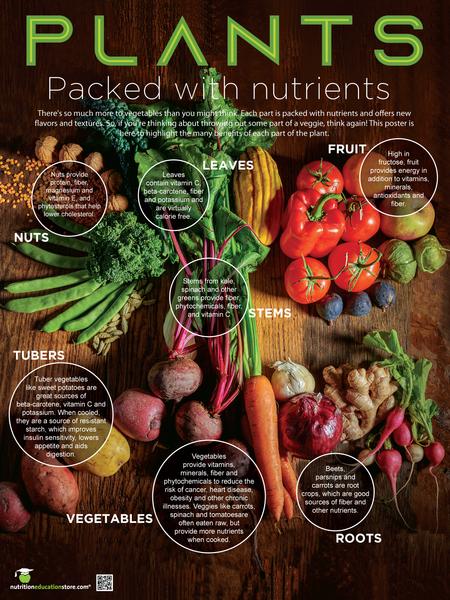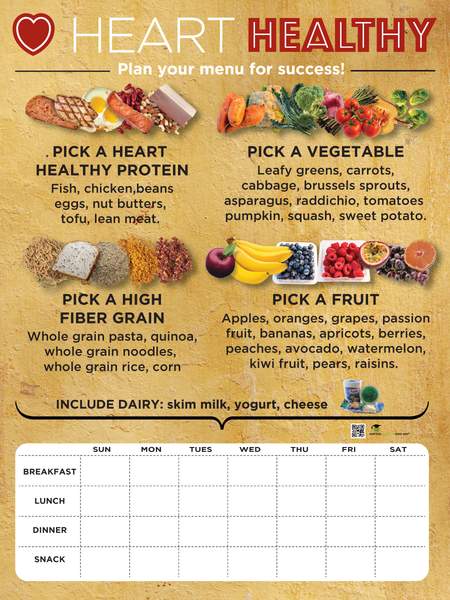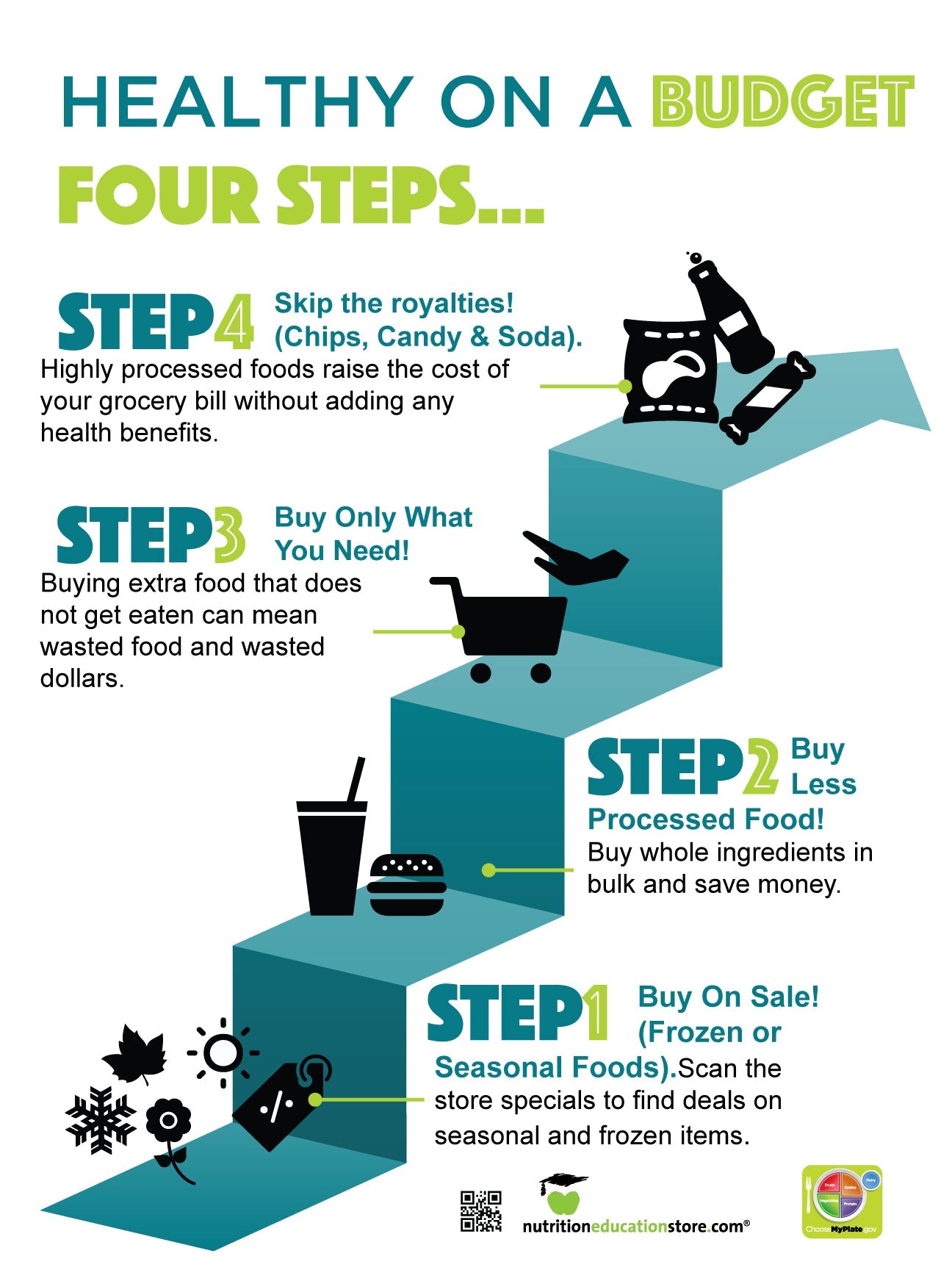It’s almost time for New Year’s resolutions. Many people see the new year as a fresh start for diet, exercise, and health goals. Yes, this is the year we will “just do it!”
Unfortunately, we all know how long most resolutions will last.
The I Am – Motivational Health poster gives us a different way to talk about our clients’ resolutions every day, all year long. Instead of looking at the future (“I will exercise more this year”) or the past (“I did not exercise enough last year”), the focus is on the present — “I am exercising consistently.”
Focusing on the present is so important, especially for those who tend to give up after the tiniest setback. Failing to “just do it” for one day doesn’t mean you’ve blown it for the rest of the year.
Ideas on using this poster with your clients:
- Look at the steps on the journey to better health that are depicted on the poster. Which steps are you taking? Which ones need more attention?
- Ask yourself: Who is in charge of taking these steps to the life I want to live? The answer: “I Am!”
- Remember every day that success comes from taking care of yourself, being kind to yourself, and not giving up.
- Create a journal that explains what is important to you and what you have accomplished. “I am” is a very profound statement that explains that you are a special person and you are in control of your own journey!





